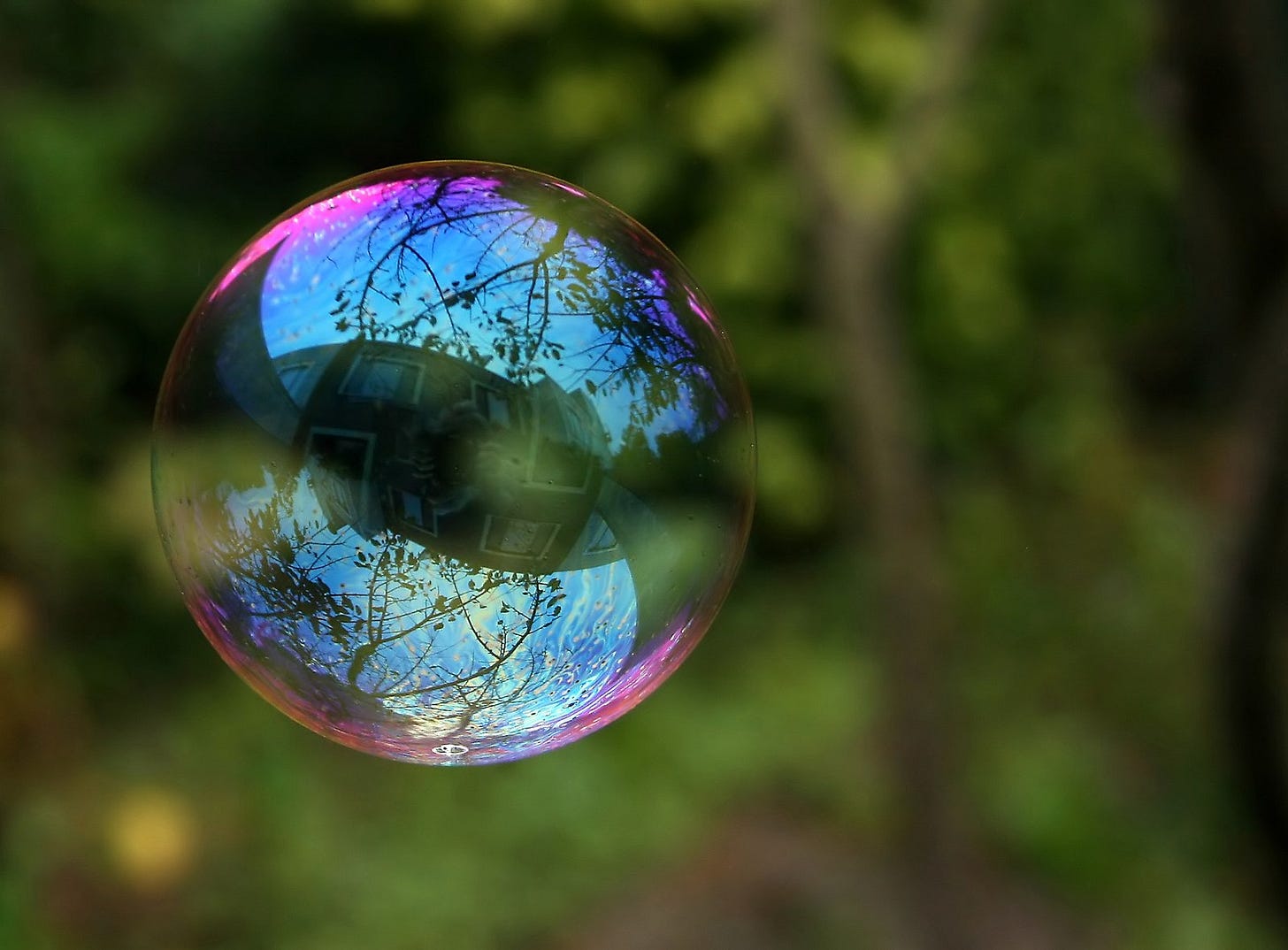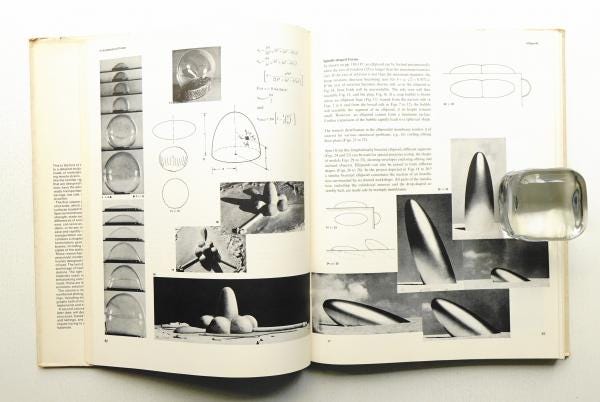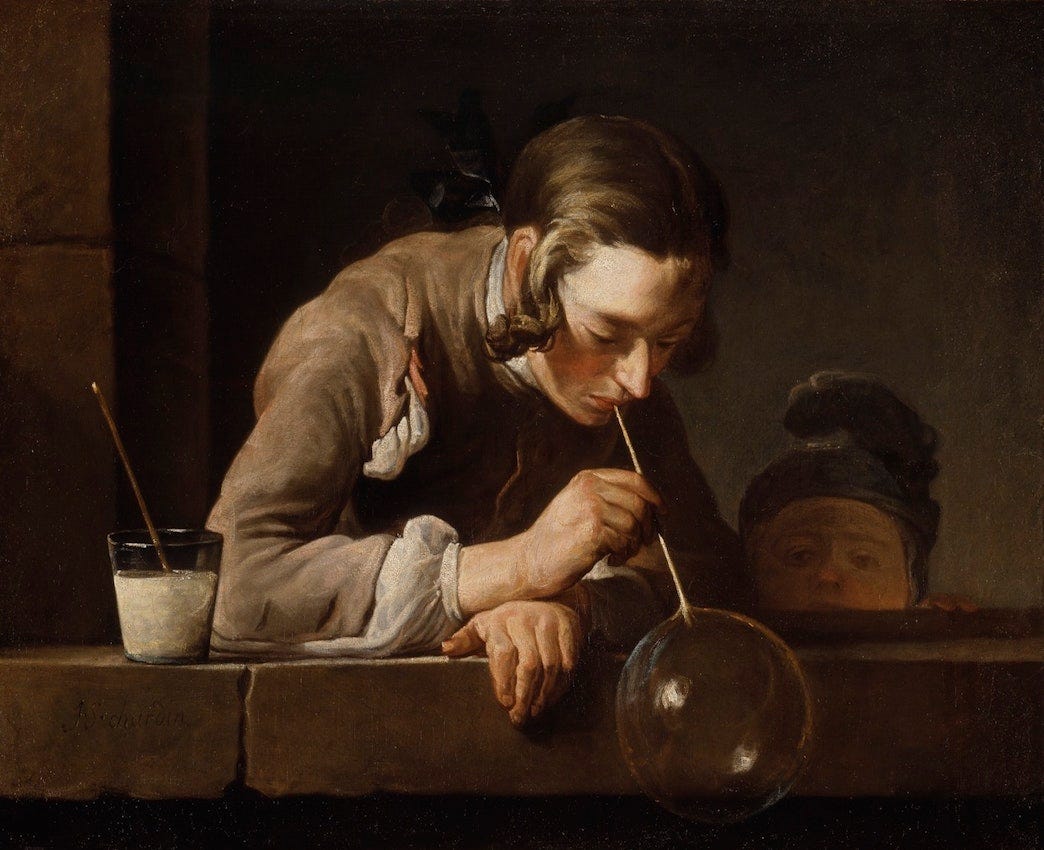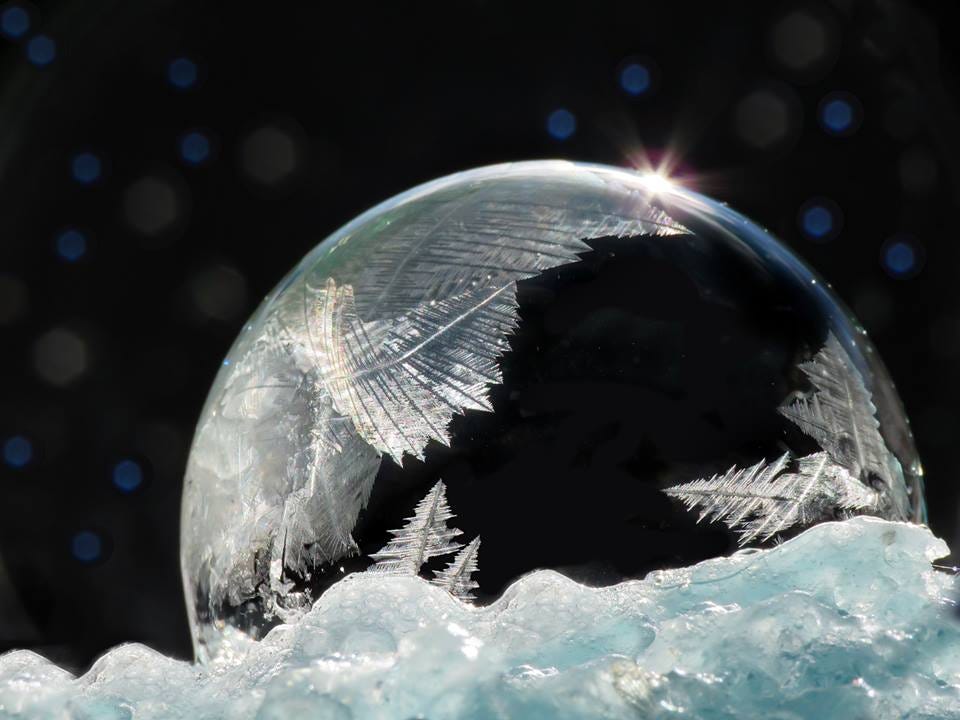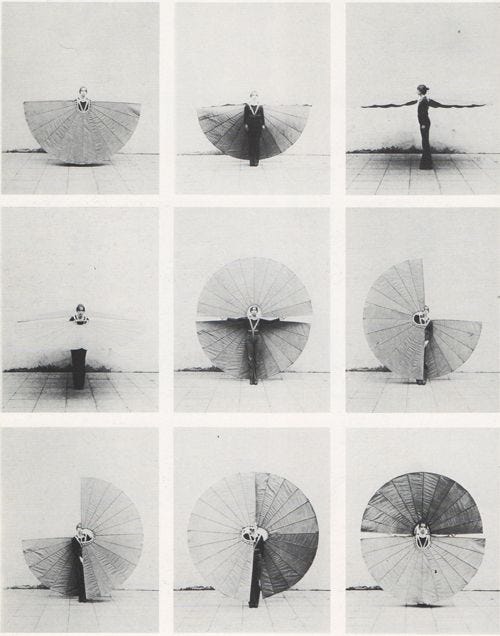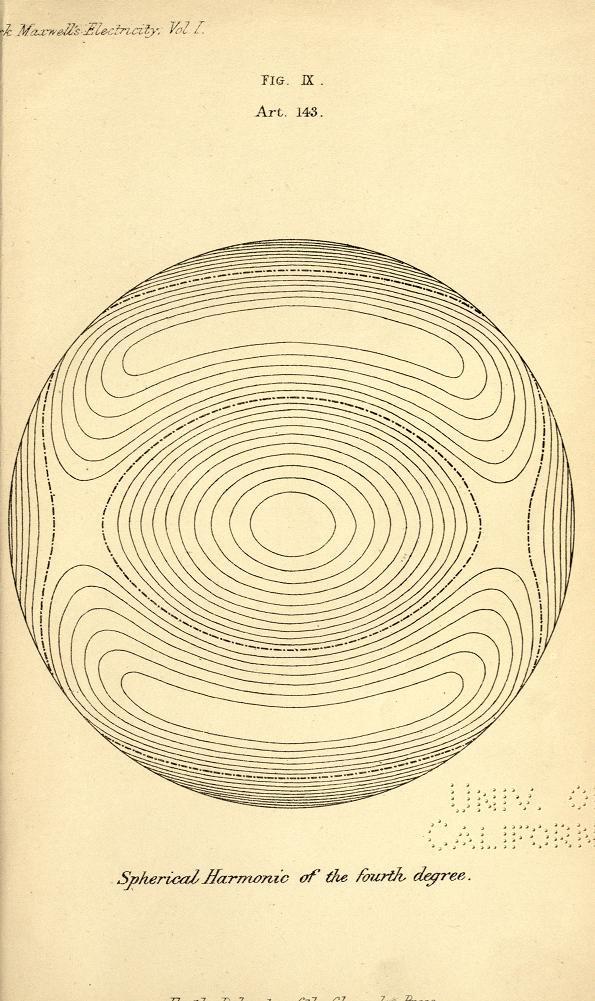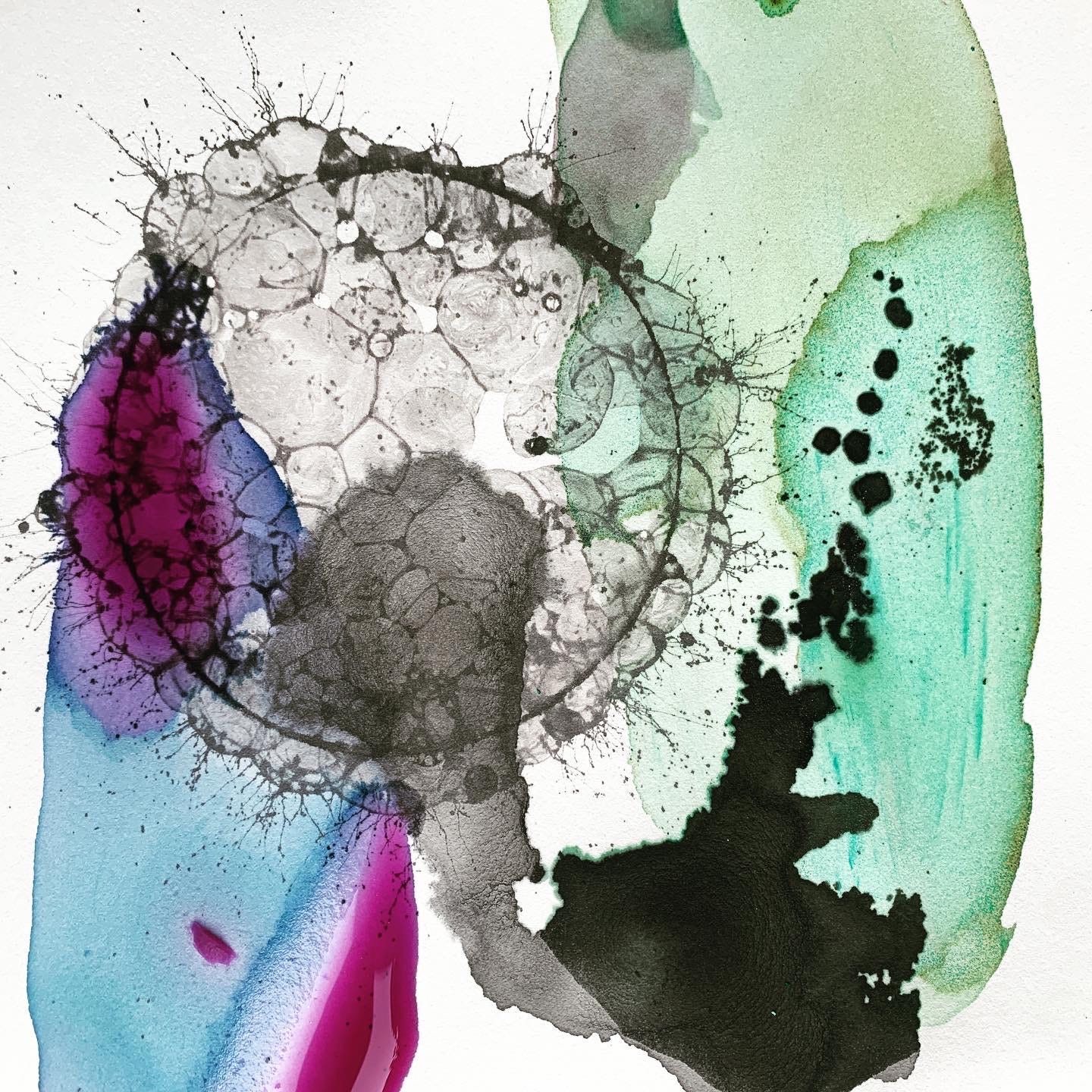“What then shall we choose? Weight or lightness?”
― Milan Kundera
Natural inkmaking is always asking the question how can we let the materials go and just do their own thing. How can the pigments of plants and minerals and even water and paper and air become not just ingredients, but agents in their own right. Bubbles while defined by the physical laws of surface tension, light refraction, and cohesion have an exquisite soft summer floating wildness that almost instantly turns their creator into an observer.
A few years ago I read German philosopher Peter Sloterdijk’s 2,500 page 3-book treatise on bubbles investigating Plato and wombs, halos and modern architecture, cells and planetary orbits, and pretty much everything you can imagine in the realm of the airy and spherical. After finishing his entire opus it was the first scene that stuck with me. A child blowing a bubble and, “for the duration of the bubble’s life the blower was outside himself, as if the little orb’s survival depended on remaining encased in an attention that floated out with it.” He talks about how “even when, immersed in the eager supervision of its creator, it was allowed to drift through space for a wonderful while, it still had to vanish into nothingness in the end.”
It’s miraculous almost that this rainbow orb floating out over the whole summery neighbourhood is made from just soapy water, a circle of plastic, and a child’s breath. Doomed. Gleeful. And within the bubble, just for a moment, summer is both captured and free. —JL
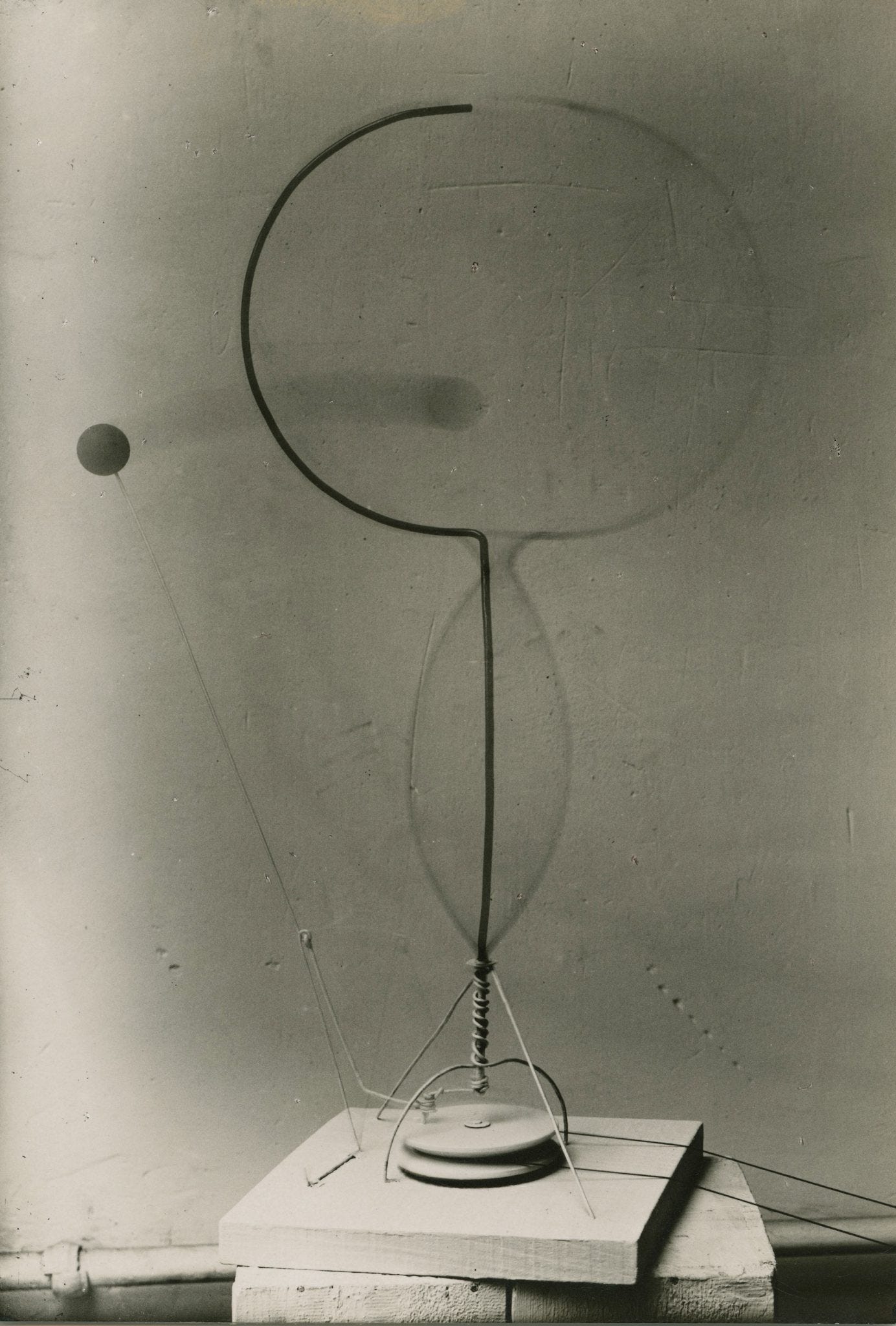
In the Colour Lab this week: Make your own Ink meets bubble art!
Keep reading with a 7-day free trial
Subscribe to The Colour | Newsletter | Lab | Community to keep reading this post and get 7 days of free access to the full post archives.




